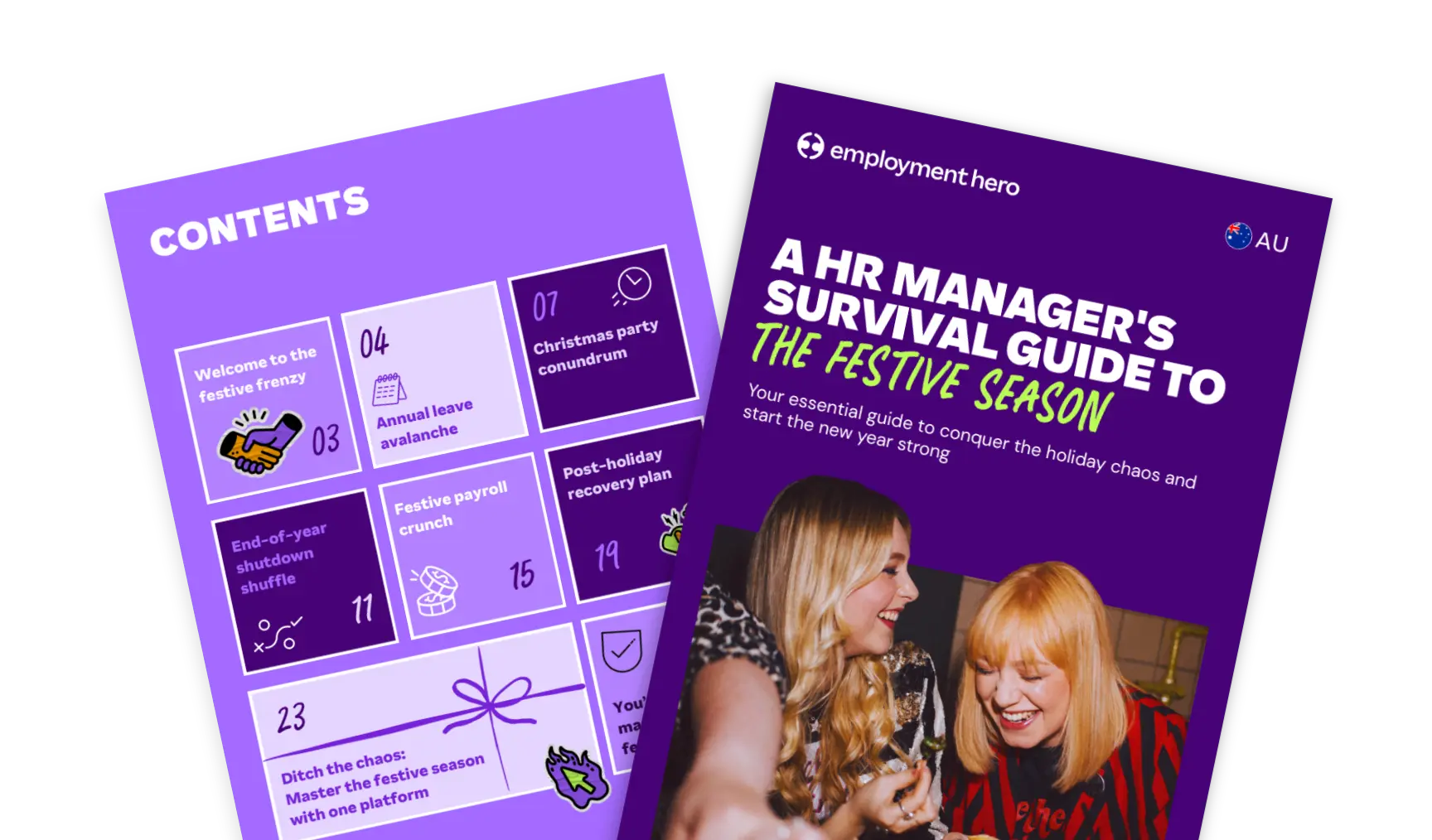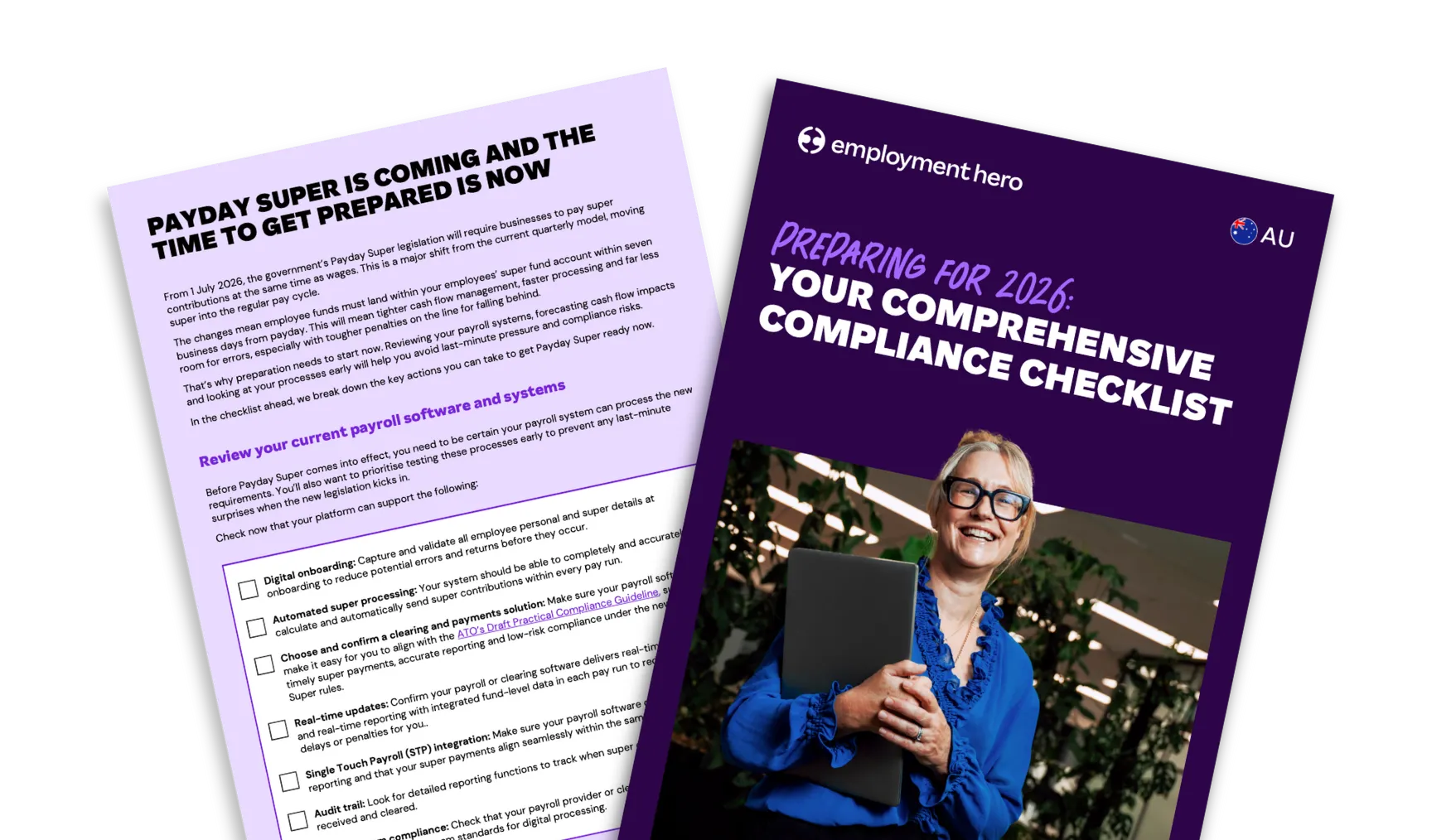Remote Onboarding Checklist
Published
Remote Onboarding Checklist
Create seamless digital onboarding experiences.
With many businesses making the shift to remote working and planning to stay that way for the foreseeable future, it’s important to know how to onboard your remote new hires effectively. We know there are many things to remember when it comes to creating a positive onboarding experience. It’s an area that many people managers and business owners are unfamiliar with and one that is critical to get right. This checklist covers areas to consider such as welcome packs, sending welcome emails and digital onboarding.
Interested? Download your remote onboarding checklist now.
What is Remote Employee Onboarding?
Remote employee onboarding shares the same purpose as in-person onboarding: to help new hires integrate into the company by understanding its mission and values, feeling welcomed and included, connecting with the team, and equipping them with the tools and training needed to contribute effectively.
The key difference lies in the methods. Virtual onboarding is conducted through video conferences, webinars, pre-recorded videos, text resources, instant messaging, and interactive online training accessible via desktop, laptop, or mobile devices.
Research highlights the importance of effective onboarding. One study revealed that “new employees who have a positive onboarding experience are 18 times more committed to their employer.” Despite this, only 12% of workers report that their organization provides a strong onboarding process, highlighting an opportunity for improvement.
How to Onboard Remote Employees
Here’s the steps to onboard remote employees:
Step 1. Provide IT Hardware and Manuals
Ensure new hires receive all necessary equipment before their start date. Coordinate with your IT department for setup assistance if needed. Key items to include:
- Laptop
- Mouse
- Keyboard
Step 2. Send a Welcome Package
Help new hires feel part of the team by gifting them company welcome pack with swag and personalized items. Include:
- Branded merchandise (e.g., coffee mug, T-shirt)
- A welcome letter or note from their team or CEO
- Thoughtful gifts, like headphones, a book, or gift cards
Step 3. Simplify HR Paperwork
Use digital tools to streamline the process of signing employment contracts and other documents. This saves time and ensures secure exchanges.
Step 4. Introduce Company Culture
Share resources to help remote employees understand your organisation’s culture, including:
- A digital employee handbook
- Materials on company values
- Photos or videos from team meetings and events
Step 5. Guide Communication Tool Setup
Provide clear instructions on setting up and using communication tools, such as:
- Company email
- Group messaging platforms
- Video conferencing software
- Webphone applications
Step 6. Set Clear Goals and Expectations
Collaborate with hiring managers to outline the remote employees goals, objectives and tasks. This ensures remote employees know what to focus on from day one. Managers should:
- Share a task calendar post-onboarding
- Define short- and long-term goals
- Schedule weekly one-on-one meetings for progress updates
Step 7. Facilitate Team Introductions
Arrange virtual or in-person meetings with key people in the organisation. These should include:
- Coworkers and team members
- Direct managers
- Employees from other departments they’ll collaborate with
Step 8. Offer Role-Specific Training
Make training interactive and accessible to remote employees. For example:
- Use gamified training modules and quizzes to boost engagement
- Record product demos for visual explanations
- Follow up after training sessions to address questions
Step 9. Provide IT Training
Equip remote employees with knowledge of essential tools and security practices, such as:
- File-sharing and cloud storage applications (e.g., Google Drive, Dropbox)
- Computer security measures (e.g., antivirus software, password management)
- Data encryption tools to safeguard sensitive information
Step 10. Conduct Regular Check-Ins
Schedule calls after their first week, month, and quarter to assess their progress, address challenges, and ensure they feel supported.
Step 11. Plan In-Person Meetings (If Possible)
If feasible, have new hires visit the office during their onboarding period or schedule team-wide events to foster personal connections. For distributed teams, organize quarterly or annual retreats to build camaraderie.
These steps ensure a smooth onboarding process for remote employees, setting them up for success while fostering connection and engagement.
Related resources:
To download the checklist, we just need a few quick details.
Related Resources
-
 Read more: HR Managers: Don’t just survive the festive season, master it
Read more: HR Managers: Don’t just survive the festive season, master itHR Managers: Don’t just survive the festive season, master it
Make year-end easier: manage leave, payroll, parties and shutdowns with confidence. Get practical tips for Australian SMEs. Download the free…
-
 Read more: Preparing for 2026: Your Compliance Checklist
Read more: Preparing for 2026: Your Compliance ChecklistPreparing for 2026: Your Compliance Checklist
Get your business ready for the 1 July 2026 changes. See practical steps for Payday Super, cash flow planning and…
-
 Read more: Monthly business budget template for employers
Read more: Monthly business budget template for employersMonthly business budget template for employers
Plan your monthly income and expenses with our free monthly business budget template. Download today to track cash flow and…























